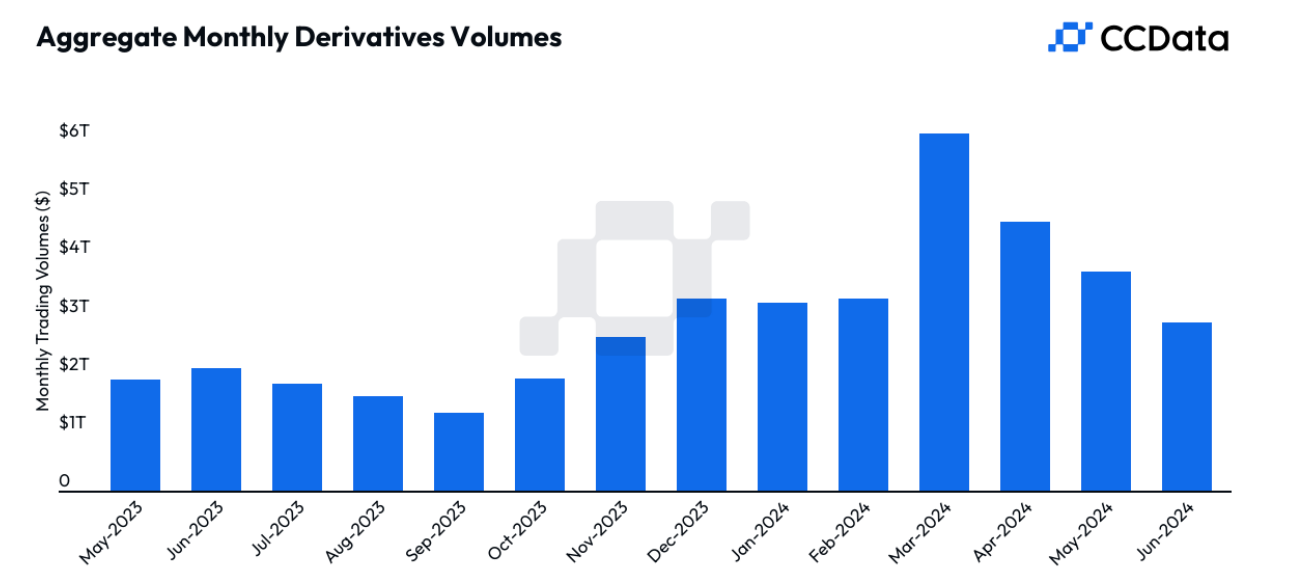Bitcoin (BTC) expanded its dominance metric, after Ethereum (ETH) and smaller coins and tokens showed ongoing weakness. Bitcoin dominance also suggests altcoin season is still delayed.
Bitcoin (BTC) dominance metrics rose to 58% of the entire crypto market capitalization, based on Tradingview data. BTC is now back to the dominance levels of 2022, after a two-year trend of constant expansion.

Coinmarketcap data place the BTC dominance at 56.9%, due to including more altcoins in the calculation. Ethereum (ETH) reduced its dominance to 13.6%, after the ETH/BTC ratio dipped near historical lows. The shift in dominance happened after ETH failed to rally, instead sinking as a relatively cheaper utility coin.
The chief reason is that during the 2024 bull cycle, BTC had more limited drawdowns, while some altcoins never recovered. New assets have much shorter life cycles, and some tokens have been pressured by unlocks and selling for the past two years.
The latest market recovery saw BTC rally to $61,208.67, after spending a day in the $58,000 range. BTC moved slightly up, though still within a range, after an inflow of Tether (USDT) and FDUSD. Trading volumes recovered to $28B in 24 hours. However, the Bitcoin fear and greed index sank from 39 points to 33, again in the fear range.
In the short term, BTC is expected to react positively in the event of a rate cut from the Fed this Wednesday. Breaking above the $60,700 range may also extend into a bigger rally, with a potential short squeeze.
BTC also survived the bear market with better gains, as the crashes of 2022 revealed some of the risks of DeFi. The other reason is that all assets are now mostly trading against stablecoins, and there are few direct pairings against BTC. BTC receives individual stablecoin inflows, while altcoins and tokens have to rely on smaller sources of liquidity.
BTC dominance not tied to altcoin cycle
During previous market cycles, peak BTC dominance signaled a potential rollover into altcoins. But in 2024, the market uncertainty may actually be making most participants flock to the most liquid asset. With ETH underperforming and SOL mostly used for meme token speculation, BTC and stablecoins become the way to store crypto wealth.
BTC is also yet to perform its post-halving rally, also failing the expectations of rallying to six-digit valuations. The current dominance may be a lasting trend, while altcoins show almost no potential to outperform, along with higher risks.
The Altcoin season index is still stuck at 33 points, as more top 100 tokens need to outperform BTC. Top 100 assets also contain coins and tokens that have remained stagnant and face growing skepticism of ever recovering.
If an altcoin season is still possible, it may arrive after months of accumulation, and when the BTC dominance reaches its peak.
This time, BTC still manages to dominate over a big collection of coins, some of them supported by their own capital inflows, as well as paid influencers and marketers. Altcoin hype is also facing additional skepticism, and has to compete with meme tokens.
The other factor boosting BTC is the expectation of the US Presidential Elections. The event itself may spark a BTC rally, with the potential for an all-time high. BTC is still in the buy zone, with accumulation from larger and medium-sized whales. Miners are also retaining relatively high balances, with the goal of benefitting from a future rally.
Altcoins also remain more volatile on the downside, with deeper crashes than BTC. The BTC volatility index also shrank under 2%, while holders were mostly in the money and not pressured to capitulate.
Altcoins can also appreciate, while falling against BTC. In 2024, BTC crashes did not trigger altcoin rallies, as funds flowed into stablecoins instead. In fact, altcoins were much more volatile, falling faster whenever BTC had a downturn.
The BTC dominance was also due to rallying faster from $30,000, while altcoins remained mostly in the same range. Only meme tokens and a few outliers had periods of faster gains. Fragmented liquidity and exchange representation mean an altcoin season may look different in 2024 and 2025, with gains limited only to some token classes or narratives.
–
Cryptopolitan reporting by Hristina Vasileva.





